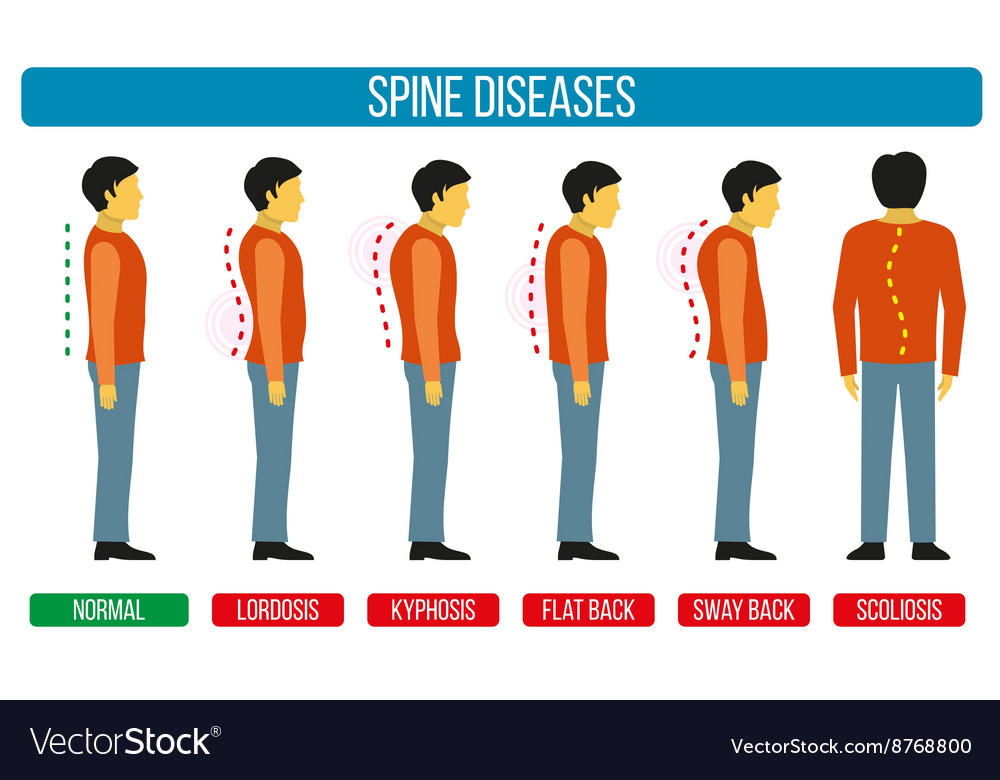Examine The True Sources Of Your Pain In The Back And Take Initiative In Handling Your Well-Being
Examine The True Sources Of Your Pain In The Back And Take Initiative In Handling Your Well-Being
Blog Article
Published By-McKay Harmon
If you're experiencing pain in the back, your body might be attempting to tell you something more than just discomfort. The way your back really feels can offer useful ideas regarding your overall wellness. Recognizing the certain kind of discomfort you're feeling and any type of going along with signs is crucial to untangling the secret behind your discomfort. Let's discover the common conditions and symptoms associated with various sorts of back pain to shed light on what your body may be signaling.
Sorts Of Pain In The Back
When it concerns neck and back pain, there are numerous kinds that you may experience. One typical kind is muscular tissue discomfort, frequently caused by overuse, stress, or injury to the muscle mass and tendons supporting the spine. This kind of discomfort can vary from moderate discomfort to severe and incapacitating discomfort.
Another type is nerve discomfort, which can arise from conditions like herniated discs or sciatica. Nerve pain often offers as a sharp, shooting experience that emits down the leg.
Joint pain in the back can come from issues like joint inflammation or sacroiliac joint disorder. This type of discomfort is usually really felt in the reduced back and can be exacerbated by specific motions.
In addition, back pain can be connected to structural issues such as spinal stenosis or vertebral fractures. Recognizing the type of back pain you're experiencing is important in determining the proper therapy and monitoring techniques.
Common Symptoms to Look For
Moving past the various types of pain in the back, it is essential to recognize the usual signs and symptoms that can signal underlying issues.
Persistent neck and back pain that intensifies with activity or during the night can suggest a more significant problem. Pins and needles or prickling in the legs or feet, particularly when accompanied by weak point, may indicate a nerve-related issue. If you experience unexpected weight-loss together with back pain, maybe an indicator of a much more systemic condition.
Focus on any kind of modifications in bladder or digestive tract feature, as this could be connected to spinal cord compression. https://doctor-chiropractic73950.blogitright.com/32214780/chiropractic-care-take-care-of-families-benefits-for-all-ages , cools, or evening sweats in conjunction with back pain may indicate an infection. Watch out for discomfort that emits down one or both legs, possibly a measure of sciatic nerve pain.
Health And Wellness Conditions Linked to Back Pain
If you deal with pain in the back, it's crucial to understand the prospective health problems linked to this discomfort. Pain in the back can be a signs and symptom of various underlying problems, including muscular tissue strains, herniated discs, osteoarthritis, back constriction, and also problems like kidney stones or infections.
Muscular tissue strains prevail and usually arise from lifting heavy items or unexpected movements.
please click the up coming post happen when the soft tissue in between vertebrae protrudes, causing nerve inflammation.
Osteo arthritis, a degenerative joint disease, can bring about pain in the back as cartilage material wears down.
Spinal stenosis, the narrowing of the spinal canal, can put pressure on nerves.
Kidney stones might create extreme neck and back pain if they move right into the urinary system tract.
Infections like back osteomyelitis can also show up as neck and back pain. Comprehending these prospective wellness conditions can aid you seek ideal treatment and administration for your back pain.
Verdict
So, next time your back injures, focus on the sort of discomfort and coming with signs and symptoms. It could be a signal from your body about underlying health conditions like muscular tissue strain, nerve issues, joint problems, or perhaps architectural concerns. By identifying these indications, you can take proactive actions to address the root cause of your pain in the back and improve your general health and wellness and health.
